Fitting Techniques: The Art of Sculpting Clothes
“Fitting Techniques: The Art of Sculpting Clothes” is a subject that fascinates fashion enthusiasts and professionals alike. Tailoring, at its heart, is about taking flat pieces of fabric and sculpting them into a three-dimensional form that fits a unique body. This transformation requires precision, creativity, and an understanding of various fitting techniques. Let’s delve into this artistic endeavor, exploring the nuances that make fitting a foundational skill in tailoring.
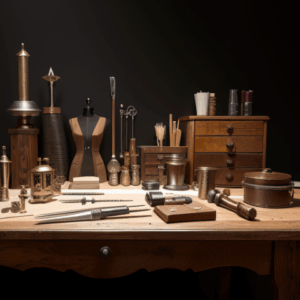
Understanding the Body
The art of fitting begins with a clear understanding of the body’s shape, curves, and unique characteristics. Bodies differ immensely, and tailors must recognize these variations to create a garment that fits and flatters.
- Measurements: Accurate measurements are paramount. Key areas include bust, waist, hips, shoulders, arms, and legs. Measurements provide the framework for fitting.
- Body Shape Recognition: Understanding different body types like apple, pear, hourglass, or rectangular helps in designing clothes that enhance natural features.
Essential Fitting Techniques
Fitting techniques vary in complexity, but some fundamentals apply across various garments:
- Dart Manipulation: Darts control fabric fullness, creating shape and contour. Placement and size of darts can dramatically affect fit.
- Seam Adjustments: Altering seam allowances can help in fine-tuning the fit. Seam placement and type, such as princess seams or side seams, are instrumental in shaping the garment.
- Adding Ease: Ease allows comfortable movement in a garment. Different areas require different amounts of ease, depending on the fabric and garment type.
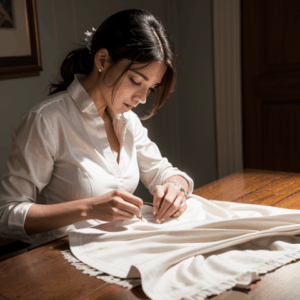
Muslin Fittings
A muslin fitting (or toile) is a preliminary version of the garment made from an inexpensive fabric. It helps in:
- Identifying Problem Areas: Muslin helps spot areas that need adjustment before cutting the final fabric.
- Refining Fit: It allows for experimenting and perfecting the fit, including changes to darts, seams, and overall garment shape.
Specialized Fitting Techniques
Different garments require specific fitting techniques:
- Pants Fitting: This can be particularly challenging due to the complexity of human legs. The crotch, hips, thighs, and length all require careful consideration.
- Bust Adjustments: For women’s garments, bust fitting includes techniques like Full Bust Adjustment (FBA) or Small Bust Adjustment (SBA).
- Collar and Neckline Fitting: Adjusting collars and necklines requires attention to the shape of the neck and shoulders, ensuring a comfortable and attractive fit.
Tools of the Trade
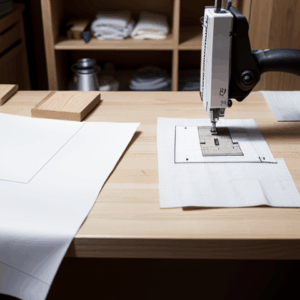
A tailor’s toolkit for fitting includes:
- Dress Forms: These provide a three-dimensional surface to work on, reflecting various body shapes and sizes.
- Flexible Measuring Tapes: Essential for accurate body measurements.
- Pins and Needles: For making temporary adjustments during fitting sessions.
The Human Element
Fitting is not only about technical skills but also about communication and empathy. Tailors must understand their client’s preferences and comfort, balancing aesthetics with functionality.
Sustainability Considerations
In an age of fast fashion, custom fitting represents an opportunity for sustainability. Clothes that fit well tend to be worn longer, reducing waste. Tailoring encourages a thoughtful approach to clothing, valuing quality over quantity.
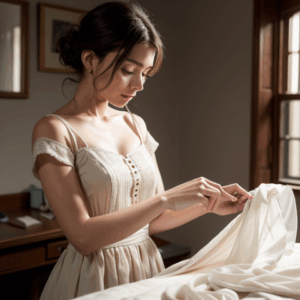
Conclusion
Fitting techniques transform the flat fabric into a sculpture that honors the human body’s complexity and beauty. It is an intricate dance of measurements, adjustments, and creativity that brings clothes to life. From the first measurement to the final stitch, fitting is an art that requires a deft hand and a discerning eye.
The magic of tailoring is in its ability to create garments that not only fit but also tell a story, reflecting individuality and style. The science of fitting is precise, but the art of fitting is fluid, nuanced, and deeply human.
As a tailor with over 30 years of experience in clothing alteration, I’ve come to appreciate fitting as the soul of tailoring. It’s where creativity meets craftsmanship, and where fabric becomes fashion. It’s a timeless skill that never loses its charm, and one that continues to inspire those who seek elegance and individuality in their clothing.
Fitting is not just about size; it’s about creating a harmonious relationship between the body and the garment. It’s about sculpting clothes that feel like a second skin, embracing and celebrating the body. In this way, fitting techniques are not merely tools but a philosophy that guides the art of tailoring. The precision, the detail, and the personal touch make fitting an enduring and fascinating aspect of fashion, a craft that elevates clothing to an art form.
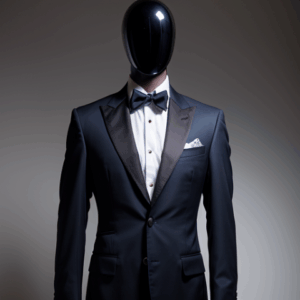
Previous: Tailoring Basics Next Up:


